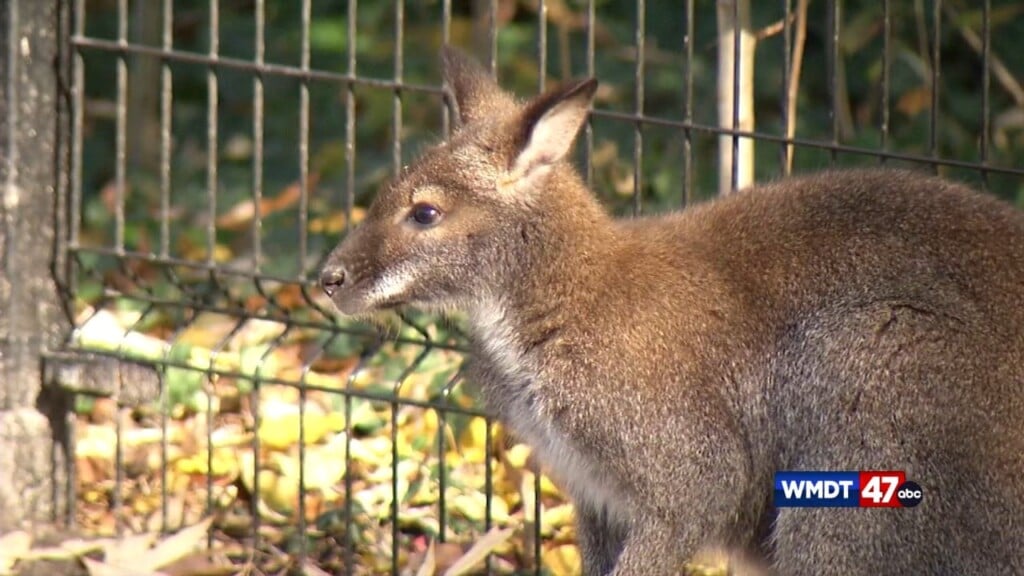New study on honey bee pests can help scientists/beekeepers with better treatments
47 ABC – Scientists at the Agricultural Research Service and the University of Maryland recently released a research study that talks a lot about a honey bee pest.
The Varroa mite, better known as the Varroa destructor, is the number one reason beekeepers are losing their bees.
But a new study shows instead of these mites feeding on the honey bee’s blood, it actually feeds on their fat body tissue.
UMES Extension Specialist, Dr. Enrique Escobar says, “The fat body in the bees is similar to the kidneys and liver in mammalians which performs multiple functions.”
Besides attacking the drones, they also attack the workers and bury a hole in the body.
The results can now help scientists develop more effective pesticides and treatments to help bees cope with these mites, who tend to spread multiple viruses. Scientists can also have a better understanding on how serious these mites can be, as they weaken their immune system and make it hard for them to store protein during the winter months.
Just to show you how significant these findings can be, bee colonies add $15 billion to the U.S. agriculture industry every single year.


